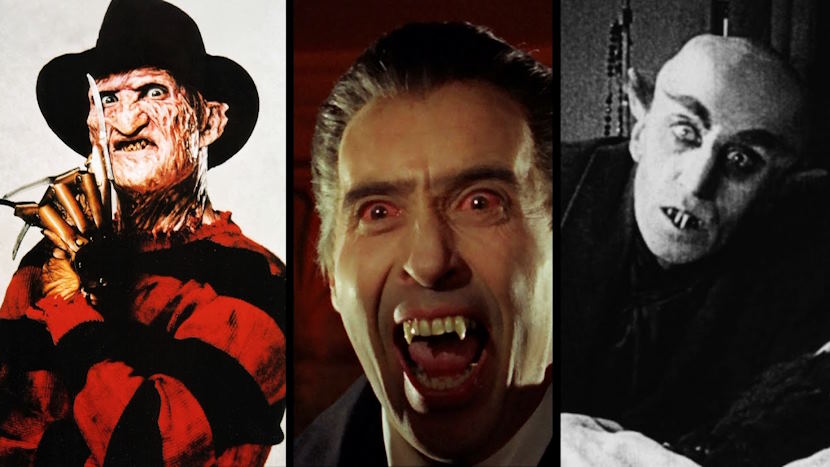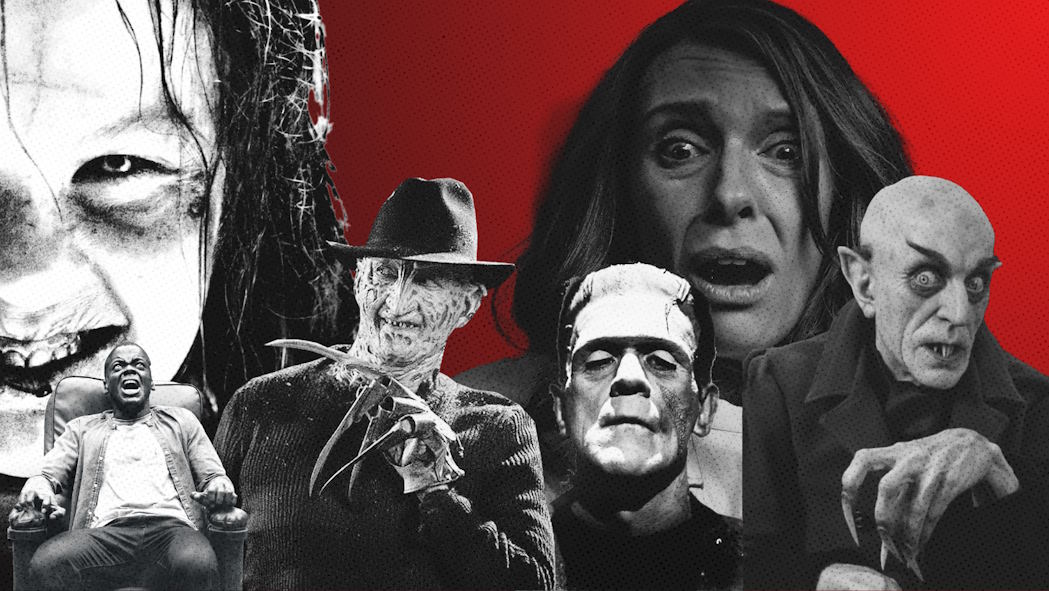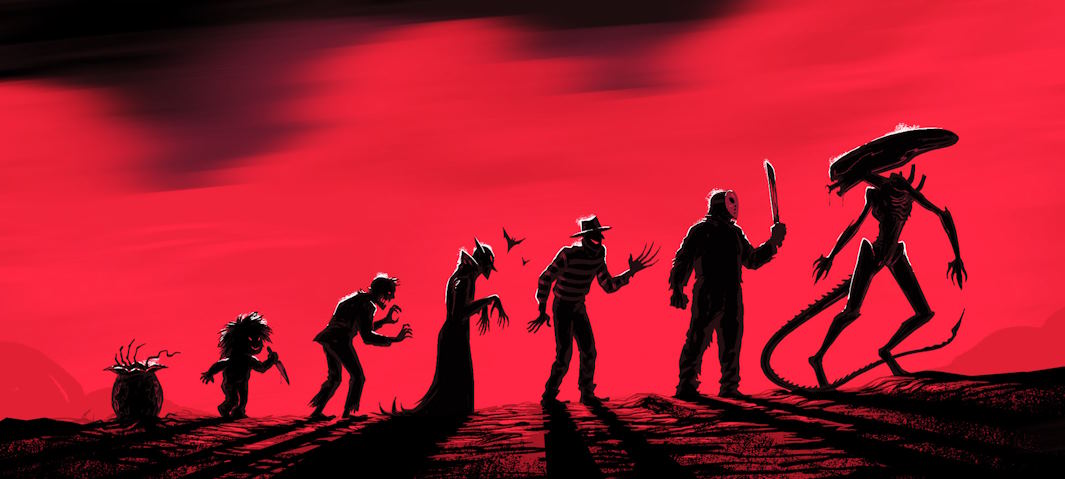Exploring the Evolution of Horror Cinema Through the Ages
Horror cinema has captivated audiences for over a century, evolving from silent films to the digital age. This genre, with its ability to evoke fear and thrill, mirrors societal anxieties and technological advancements. This article explores the evolution of horror cinema, focusing on early influences, societal reflections, and technology’s impact on modern horror.
Early Influences on Horror Film
Silent Era and Classic Literature
The origins of horror cinema are deeply rooted in classic literature and the silent film era.
Key Influences:
- Literary Adaptations: Early horror films often adapted gothic novels, such as Mary Shelley’s “Frankenstein” (1910) and Bram Stoker’s “Dracula” (1922).
- Silent Films: Silent films like “Nosferatu” (1922) utilized expressionistic visuals and dramatic performances to convey horror without sound.
Universal Monsters and the Golden Age
The 1930s and 1940s marked the Golden Age of horror, dominated by Universal Pictures’ iconic monster movies.
Key Films:
- Frankenstein (1931): Boris Karloff’s portrayal of Frankenstein’s monster became an iconic figure in horror cinema.
- Dracula (1931): Bela Lugosi’s Dracula set the standard for vampire films.
- The Wolf Man (1941): Introduced the werewolf myth to mainstream cinema.
Post-War Psychological Horror
After World War II, horror films began to explore psychological themes, reflecting the era’s social and political anxieties.
Key Themes:
- Inner Turmoil: Films like “Cat People” (1942) and “The Haunting” (1963) delved into psychological horror and the fear of the unknown within oneself.
- Cold War Paranoia: Movies such as “Invasion of the Body Snatchers” (1956) reflected the fear of societal conformity and invasion during the Cold War.
Horror Films Reflect Societal Changes
The 1960s and 1970s: Revolution and Realism
The 1960s and 1970s brought significant changes to horror cinema, driven by societal upheaval and a desire for realism.
Key Developments:
- Social Commentary: George A. Romero’s “Night of the Living Dead” (1968) offered a commentary on racism and societal breakdown.
- Gritty Realism: “The Texas Chain Saw Massacre” (1974) and “Halloween” (1978) introduced a raw, realistic approach to horror, emphasizing everyday terror.
The 1980s: The Rise of the Slasher and Special Effects
The 1980s saw the rise of the slasher sub-genre and a focus on special effects and gore.
Key Features:
- Iconic Villains: Characters like Freddy Krueger from “A Nightmare on Elm Street” (1984) and Jason Voorhees from “Friday the 13th” (1980) became cultural icons.
- Advanced Special Effects: Films such as “The Thing” (1982) showcased groundbreaking special effects, enhancing the horror experience.
The 1990s and 2000s: Meta-Horror and Psychological Thrillers
The late 20th and early 21st centuries introduced meta-horror and a resurgence of psychological thrillers.
Key Trends:
- Meta-Horror: “Scream” (1996) reinvigorated the genre with its self-referential and satirical approach.
- Psychological Thrillers: Films like “The Sixth Sense” (1999) and “The Others” (2001) focused on atmosphere and psychological tension rather than gore.
Technology’s Impact on Modern Horror
Digital Effects and CGI
Advancements in digital effects and CGI have transformed modern horror cinema.
Key Innovations:
- Realistic Monsters: CGI allows for the creation of highly realistic and terrifying monsters, as seen in “The Babadook” (2014) and “It” (2017).
- Immersive Experiences: Enhanced special effects create more immersive and visually stunning horror experiences.
Found Footage and Digital Filmmaking
The rise of digital filmmaking and the found footage sub-genre has added new dimensions to horror cinema.
Key Examples:
- Found Footage: “The Blair Witch Project” (1999) popularized the found footage style, creating a sense of realism and immediacy.
- Digital Platforms: Streaming services like Netflix and Hulu have produced original horror content, making the genre more accessible to global audiences.
Virtual Reality and Interactive Horror
Emerging technologies like virtual reality (VR) and interactive media are pushing the boundaries of horror.
Future Directions:
- VR Experiences: VR horror games and experiences provide an immersive and interactive form of horror, allowing users to be part of the story.
- Interactive Films: Interactive horror films, like “Black Mirror: Bandersnatch” (2018), offer viewers the ability to influence the narrative, enhancing engagement and fear.
The evolution of horror cinema reflects broader societal changes and technological advancements. From the early days of silent films and classic monsters to the rise of psychological horror and digital effects, the genre has continually adapted to new cultural contexts and innovations. As technology continues to advance, horror cinema will likely explore new frontiers, continuing to captivate and terrify audiences worldwide.



